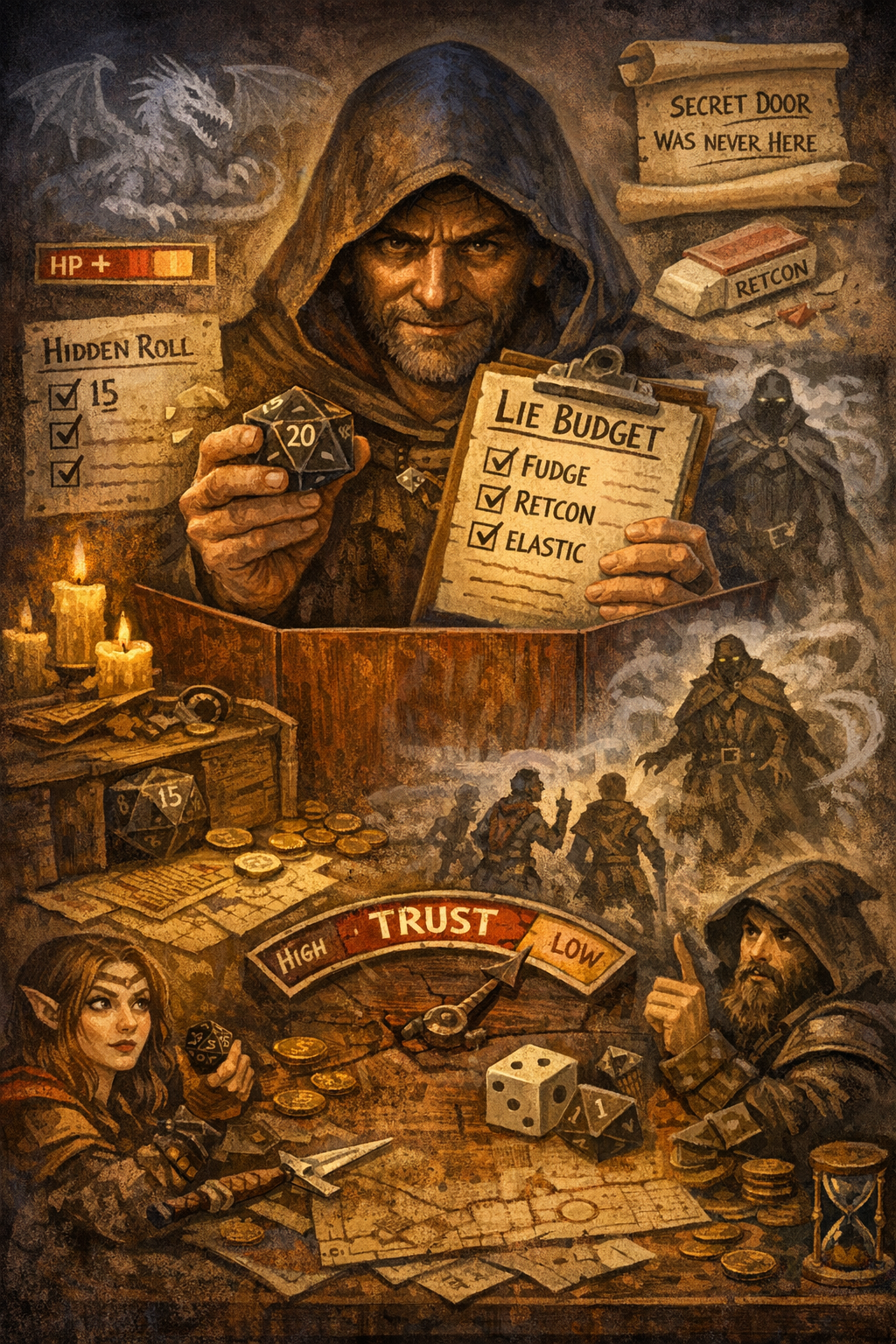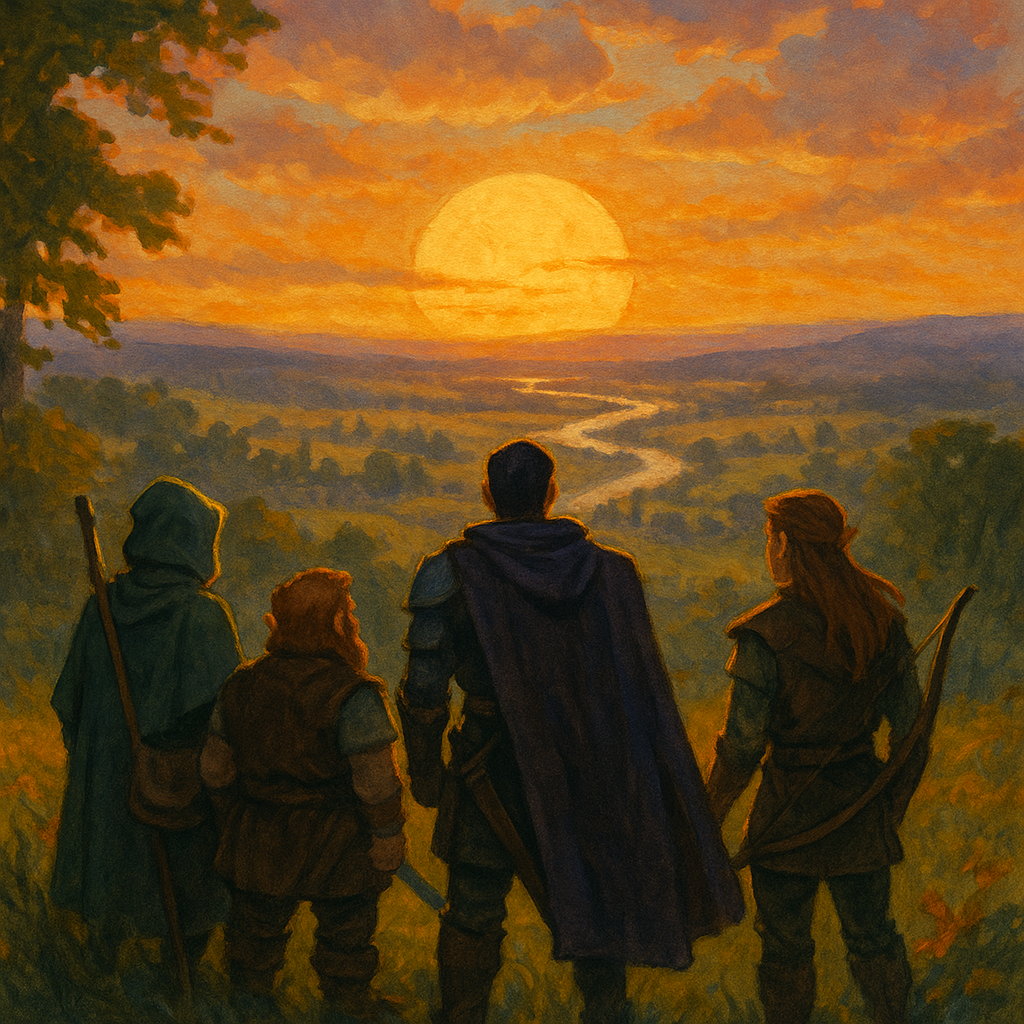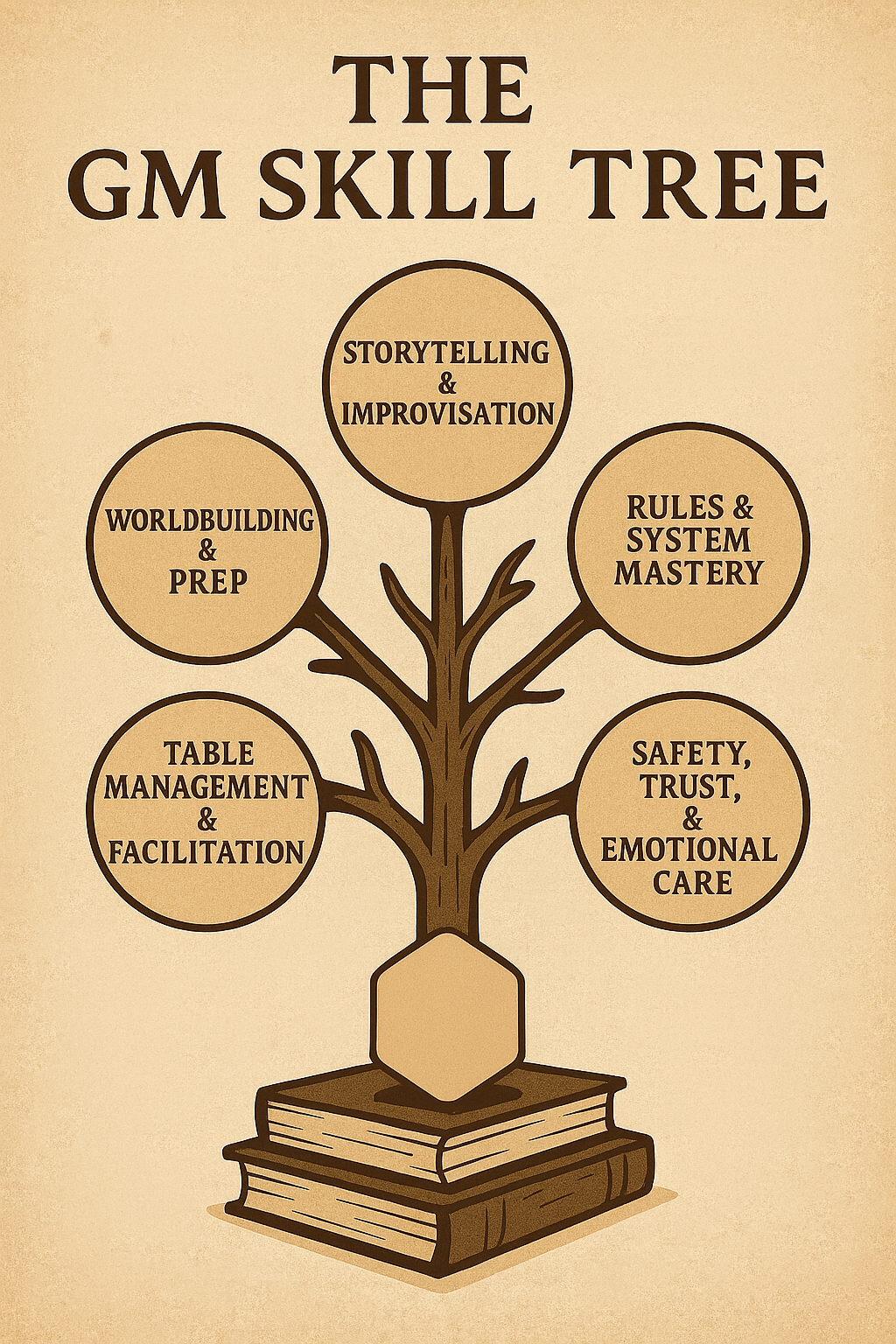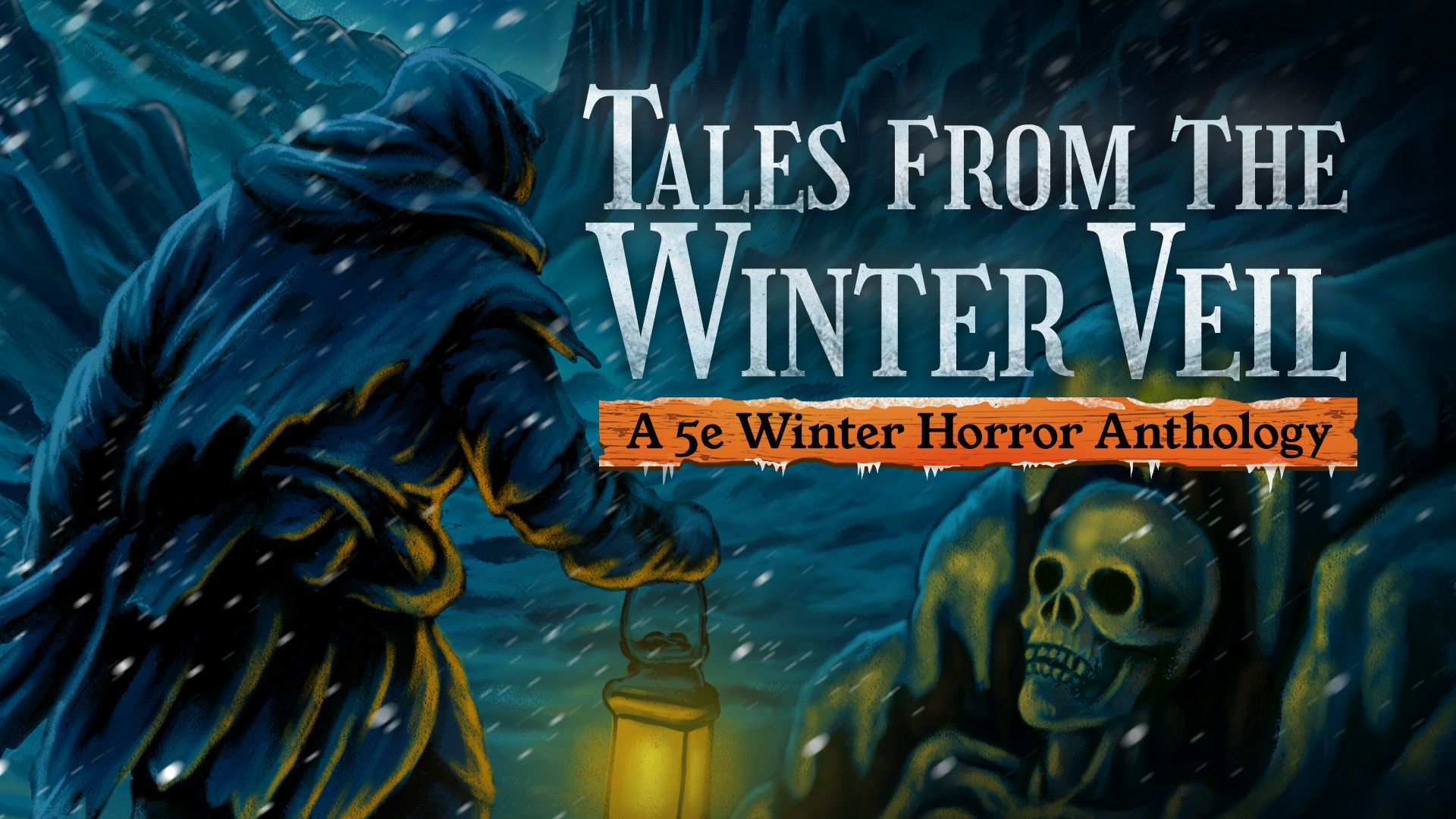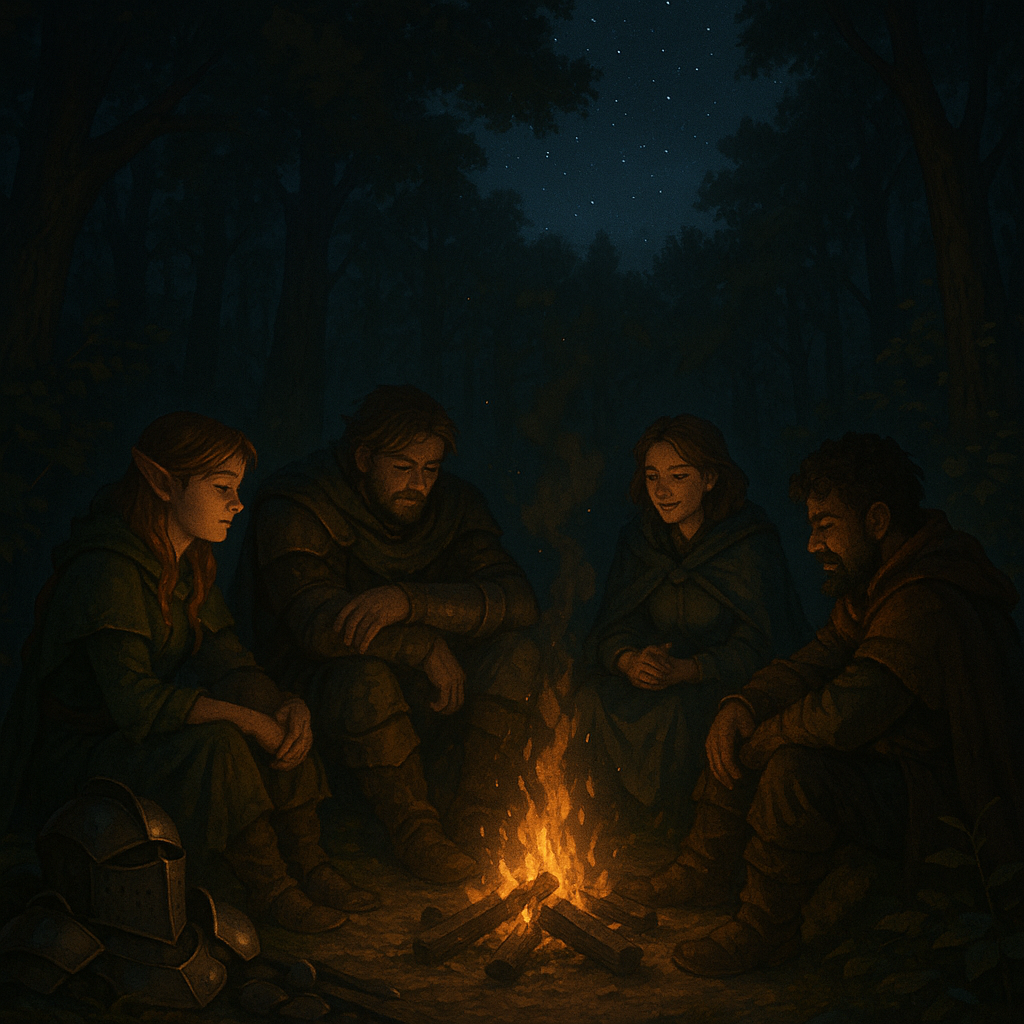Beyond the Tavern: Reimagining Where Adventures Begin
Can We PLEASE start somewhere other than a Tavern?!
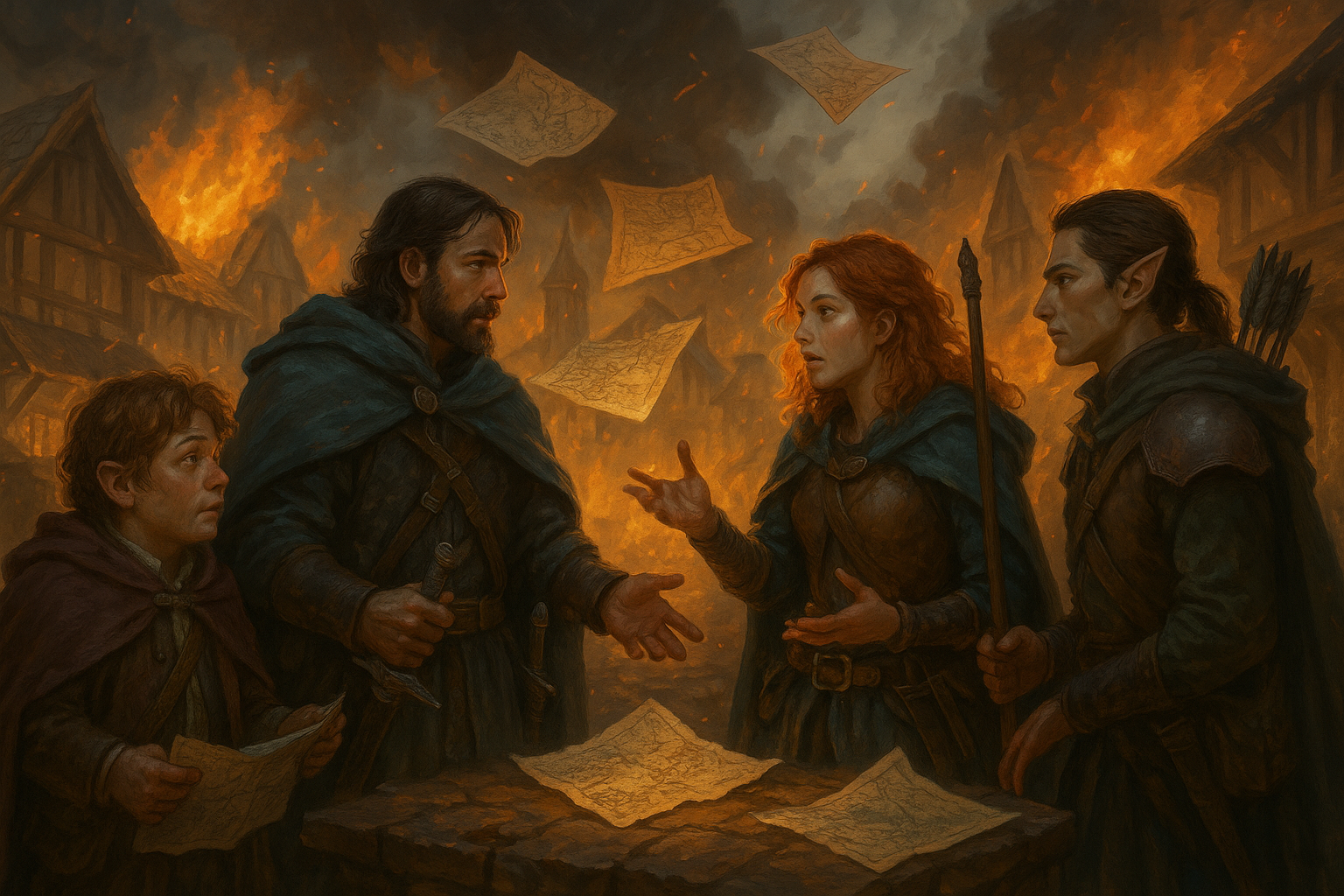
Dear Readers,
Every Dungeon Master has said it at least once: “You all meet in a tavern.”
The phrase is practically stitched into the fabric of Dungeons & Dragons. There’s a comfort in it: the clink of mugs, the smell of roasted meat, the laughter of strangers about to become friends. A tavern is a crossroads of story and setting, a neutral ground where destiny is as cheap as the ale.
But after so many campaigns, so many introductions starting with tankards and brawls, it’s easy to forget that the first scene of your game can be anything. The tavern is tradition, yes — but it’s also a cage. What if the story began somewhere else? Somewhere that already meant something?
Let’s explore the art of the opening scene. Let’s look beyond the tavern.
The Comfort of the Familiar
The tavern works for a reason. It’s warm, social, and conveniently located at the intersection of exposition and opportunity. A stranger walks in with a quest, a bard overhears a rumor, or the drunk in the corner whispers about ruins in the woods — and the game begins.
There’s nothing wrong with this formula. In fact, it exists because it mirrors how humans connect. Shared food and drink lower barriers, foster cooperation, and create quick intimacy. It’s social psychology made tabletop.
But comfort can be the enemy of curiosity. When every campaign starts in a tavern, the magic of discovery fades. The first scene of your game should do something: set tone, reveal theme, and give your players a reason to care beyond gold and glory. The opening isn’t just logistics — it’s the thesis statement of your story.
So, let’s replace “You all meet in a tavern” with something richer:
“You all begin where your world draws its first breath.”
Setting the Tone with Location
Where you start shapes everything that follows. A setting isn’t just a backdrop, it’s an emotional cue.
A horror story might open in a fog-drenched graveyard, the party attending a funeral or watching the exhumation of a body. A political intrigue might begin in a courtroom, where the characters are called as witnesses or accused of crimes. A heist could open mid-escape, breathless and chaotic.
Ask yourself: What feeling do I want to evoke in my players within the first ten minutes? Awe? Unease? Urgency? Whatever it is, choose a setting that embodies that feeling.
Imagine these alternatives:
- The characters awaken on a prison transport, their chains rattling as the cart hits a rut (Think Skyrim that begins with: "Hey, you. You're finally awake.").
- The group stands on the ramparts of a besieged city, watching fireballs arc through the night.
- The adventurers are pallbearers at the funeral of a mutual friend, the wind carrying the scent of rain.
Each of these openings tells the players something about the campaign they’re stepping into. The story doesn’t have to wait until the quest-giver appears — it’s already begun.
Start Where the World Breathes
Think of your world as a living thing. Where does its heart beat the loudest? Is it the royal capital where laws bend for gold? The swamp where forgotten gods whisper through reeds? The market square that never sleeps?
Starting in one of these places immediately gives the world weight. Players absorb details without exposition: the language of the people, the architecture, the weather, the smell of the air. They see how the world functions before they’re asked to save it.
If you’re running a homebrew setting, this is invaluable. Players may not remember a paragraph of lore, but they’ll remember the feeling of standing knee-deep in fog as bells toll over a sleeping harbor.
Let the first location speak the thesis of your world. If it’s a story about decay, start in a dying town. If it’s about rebirth, begin during a festival. If it’s about moral ambiguity, open in a courtroom where justice feels negotiable.
Thematic Openings by Genre
Here’s how to anchor your first scene in genre and tone:
1. Gothic or Horror
The players arrive in a hamlet shrouded in mist. The town square is empty, but candles burn in every window. A funeral procession moves in silence, no priest to lead it.
The party doesn’t meet over ale — they meet because the dead refuse to stay buried.
2. High Fantasy
Begin at a coronation, a magical academy’s graduation, or a royal duel. Let the players witness grandeur before the inevitable fall.
3. Political Intrigue
Open in a senate chamber or guild hall. Give the players conflicting oaths and hidden agendas before the first sword is drawn.
4. Heist or Espionage
Start mid-action: the alarm already ringing, the mark already fleeing. Drop players into tension and force them to think on their feet.
5. Exploration or Discovery
Place them at the edge of the unknown — a jungle treeline, a cliff overlooking ruins, or aboard a ship bound for uncharted waters.
Each starting place whispers the kind of story you’re telling before anyone says a word.
The Art of Controlled Chaos
Many DMs hesitate to open with action, fearing it’ll overwhelm character introductions. But chaos — used well — bonds faster than conversation.
The trick is controlled chaos. Drop your players into a situation that demands cooperation but leaves room for personality.
- A collapsing bridge forces them to work together.
- A storm at sea reveals who takes command and who panics.
- A courtroom ambush makes alliances a matter of survival.
By the time the dust settles, your players will know more about each other than any round of “describe your character” ever could.
Opening with tension also tells your players that your world moves with or without them. It’s alive, reactive, and dangerous, and they’re stepping into it mid-breath.
Character-Driven Starts
Sometimes the best beginnings come from the players themselves. Instead of asking for backstories after Session Zero, weave them into the opening scene.
If two characters are childhood friends, start in their hometown during a festival, or its evacuation. If one has a mysterious patron, open with that entity summoning them. If another seeks redemption, begin at the site of their greatest failure.
The goal is to make the first scene personal. It’s not just “where they meet”; it’s “why they meet here, now.”
Example:
You tell your players:
“The city of Caldhaven is burning. You’ve all been drawn here for different reasons: duty, guilt, profit, curiosity. But the smoke rising over the temple means those reasons are about to collide.”
Suddenly, the party isn’t a random assembly. They’re threads already crossing in the tapestry.
Environmental Storytelling
The setting itself should do some of the heavy lifting. Before the players meet a single NPC, the environment should already be telling them something.
A tavern tells them: “This is a world where people gather safely.”
A war camp says: “This is a world at war.”
A haunted ruin says: “This is a world where the past refuses to die.”
Describe sensory details with intention. The sound of bells. The smell of damp parchment. The way a shadow crosses a sigil carved in stone. Players remember details when they carry emotion.
If you can evoke feeling before you explain context, you’ve already succeeded.
Starting in Motion
Movies do this constantly: the story begins in motion, and exposition follows naturally. You can do the same at the table.
Start the first scene mid-problem:
- The ship’s captain is already shouting orders as the hull cracks.
- The wedding has already been interrupted by assassins.
- The trial is already underway, and the characters are the defendants.
This method gives your players something to do immediately; no awkward introductions, no “why are we here?” hesitation.
The key is to build in space after the action for characters to catch their breath, talk, and connect. The story opens loud but settles into intimacy.
The First Choice
The first meaningful decision your players make defines their relationship with the story.
When you start in a tavern, the first choice is usually, “Do we take the quest?” That’s fine, but it’s transactional.
What if the first choice was moral? Emotional? Personal?
Examples:
- Do they save the burning library or the fleeing villagers?
- Do they stop the thief or let them escape with evidence of corruption?
- Do they lie under oath to protect an innocent person?
These choices tell players not just who they are, but what kind of story this will be.
The Power of Ritual and Culture
A brilliant way to begin a campaign is by showing culture in motion. Let players witness or participate in a ritual, festival, or daily life event unique to your world.
It might be:
- A harvest ceremony where every citizen lights a candle for lost ancestors.
- A martial parade where soldiers march with the weapons of the dead.
- A yearly storm chase where the city’s youth compete to capture lightning in jars.
These beginnings accomplish several goals at once: worldbuilding, immersion, tone, and emotional context. Players aren’t outsiders learning about your world — they’re in it from the first scene.
And when something interrupts the ritual — a murder, a divine omen, a magical accident — the disruption hits harder because they already care.
Starting Small, Ending Epic
Not every campaign needs to open with grandeur. Some of the best openings are quiet, even mundane.
A party starting in a tiny fishing village might begin with a missing boat, a sick child, or an unexpected visitor from the capital. The stakes are small — but the characters’ choices make them personal.
This gives the campaign space to grow organically. When those same heroes later face dragons or gods, the players remember where it all began: a simple act of kindness or curiosity that spiraled into legend.
Small openings humanize your story. They remind players that epic doesn’t mean detached — it means earned.
Location as Metaphor
Your starting location can mirror your campaign’s themes.
If your story is about duality, begin on a border — physical or moral.
If it’s about secrets, start underground.
If it’s about freedom, begin in captivity.
Symbolic openings resonate subconsciously. The world becomes a mirror of the story’s soul.
Example:
“You awaken in the library of a drowned city. The waterline creeps higher every hour. The knowledge here will be lost — unless you can save it.”
That setting tells the players everything they need to know about what kind of campaign this will be: one of decay, beauty, and impossible choices.
How to Weave Player Introductions Naturally
The most common worry DMs have when avoiding the tavern trope is: How do I get everyone to meet?
Here are some techniques that feel organic:
1. The Shared Event
Everyone is present for the same moment: a fire, an auction, a public execution, a festival, and their reactions bring them together.
2. The Chain of Consequences
Start with one player’s action that ripples into the others. A rogue pickpockets a noble who then collides with another character; a spilled drink ignites a magic spark; a messenger drops letters meant for each of them.
3. The Common Goal
Each character is pursuing the same lead from different angles: a missing person, a cursed object, a mysterious bounty. They cross paths mid-investigation.
4. The Survivor’s Bond
They begin in the aftermath of a shared trauma: a shipwreck, a failed expedition, a collapsed mine. They don’t meet; they endure together.
All these methods achieve connection without contrivance. They turn introductions into story beats.
The Emotional Hook
Once your players are grounded in place, give them something to feel. A story begins not with information, but with emotion.
Ask yourself: what’s the first feeling you want them to experience? Wonder? Fear? Nostalgia? Amusement?
Every choice, setting, tone, dialogue, should serve that emotional goal.
Example:
“You step out of the cave and see the horizon for the first time in years. The sunlight hurts your eyes, but you can’t look away.”
That’s not just an introduction. That’s a mood.
If your players remember how the story made them feel in the first ten minutes, you’ve already won.
Practical Exercise: The Five-Minute Rewrite
Here’s an exercise you can try right now.
Take your current campaign’s opening scene: the tavern, the bounty board, the mysterious stranger, and rewrite it five different ways.
- What if it took place underwater?
- What if it started during a wedding?
- What if the stranger was one of the players?
- What if the tavern itself was burning?
- What if there was no meeting — only a shared dream?
You’ll be amazed at how quickly tone and theme shift with location. The point isn’t to erase the tavern; it’s to realize you have choices.
The first scene should make you, as the DM, excited to run the next one.
Examples from Classic Literature and Film
Sometimes it helps to borrow from masters.
- The Fellowship of the Ring doesn’t start with the tavern, it starts with a birthday party that sets tone, lore, and character.
- Inception begins mid-heist, blurring dream and reality to establish theme.
- Star Wars: A New Hope starts with pursuit, we’re dropped into the story already in motion.
Your campaign can do the same. Choose an opening that feels alive, even before the players act.
Let the World React
Whatever your opening is, make sure it ripples. If they save someone in the first scene, let that person matter later. If they burn something down, let the world remember.
The first session sets expectations. When players realize their actions, even early ones, have lasting impact, they’ll play with more care and investment.
Continuity is the ultimate reward for an intentional beginning.
Full-Circle Endings
One of the most powerful narrative tools is ending where you began. If your campaign starts in a small fishing village, imagine returning there years later as heroes. If it begins with a funeral, perhaps it ends with another, for one of their own.
The opening scene isn’t just a prologue; it’s a seed. What grows from it depends on how you water it across the campaign.
The DM’s Challenge
The next time you prepare a campaign, ask yourself:
“If my world had to introduce itself in one scene, what would it say?”
That’s your starting point. That’s your tavern, whether it’s a skyship, a courtroom, or a crumbling shrine.
The point isn’t to avoid tradition, it’s to give tradition new life. If your tavern scene has real meaning, if it shows character and culture, then by all means, use it. But do it on purpose.
Because when a story begins intentionally, the players feel it and that feeling carries through every dungeon, every roll, every goodbye.
Until next time, Dear Readers…
















